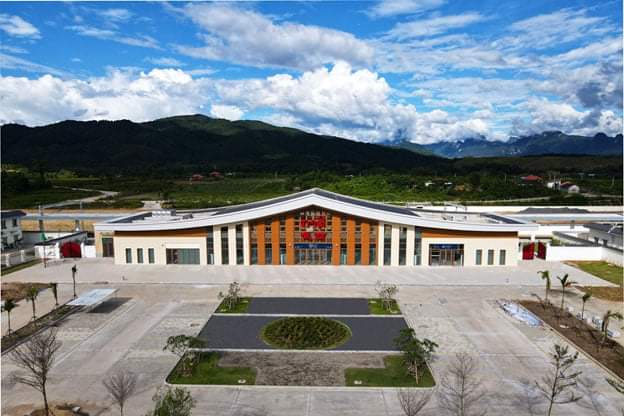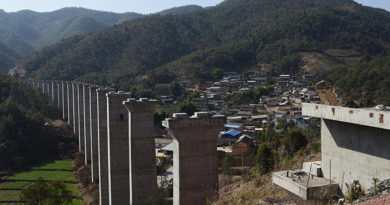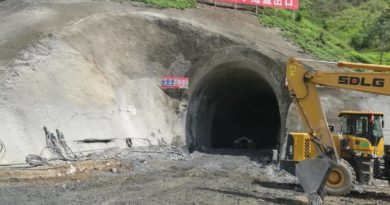Most Stations On Laos-China Railway Now Complete
Source: Vientiane Times
Most of the stations on the Laos-China Railway are now complete ahead of the planned opening of the railway in December.
Kasy Station in Vientiane province was the most recent to be completed and was officially unveiled on September 27.
The station was built by the China Railway Construction Group and is designed similar to a bus station, with one stop and three intermediate rail lines, and can accommodate up to 150 passengers.
The station covers an area of 1498.7 square metres and is a combination of traditional Lao and Chinese architectural styles.
The construction company used BIM model construction technology and had to deal with challenges such as the rainy season, the Covid-19 pandemic, transport of construction materials, etc. But despite these difficulties, the main structure of the building was finished 15 days ahead of schedule.
The station is currently being inspected and is expected to open as planned.
The Laos-China Railway is a part of China’s One Belt, One Road initiative and will help to make landlocked Laos a land link, with the railway running from Kunming in Yunnan province, China, and ending in Vientiane. The next section will continue south through Thailand to Singapore.
There are 10 passenger stations in Vientiane, Phonhong, Vangvieng, Kasy, Luang Prabang, Nga, Xay, Namor, Natuey and Boten, as well as 22 freight stations.
The 422.4-km Laos-China railway runs between Vientiane and the provinces of Vientiane, Luang Prabang, Oudomxay and Luang Namtha, and ends at the Chinese border in Boten.
Construction of the US$5.986 billion (37.4 billion yuan) railway began in December 2016.
It is a strategic part of China’s Belt and Road Initiative and Laos’ plans to use its landlocked status to become a land link within the region.
When it is operational, the railway will cut the cost of transport through Laos by 30-40 percent compared to travel by road.





